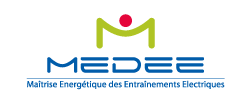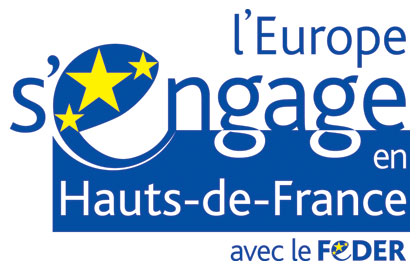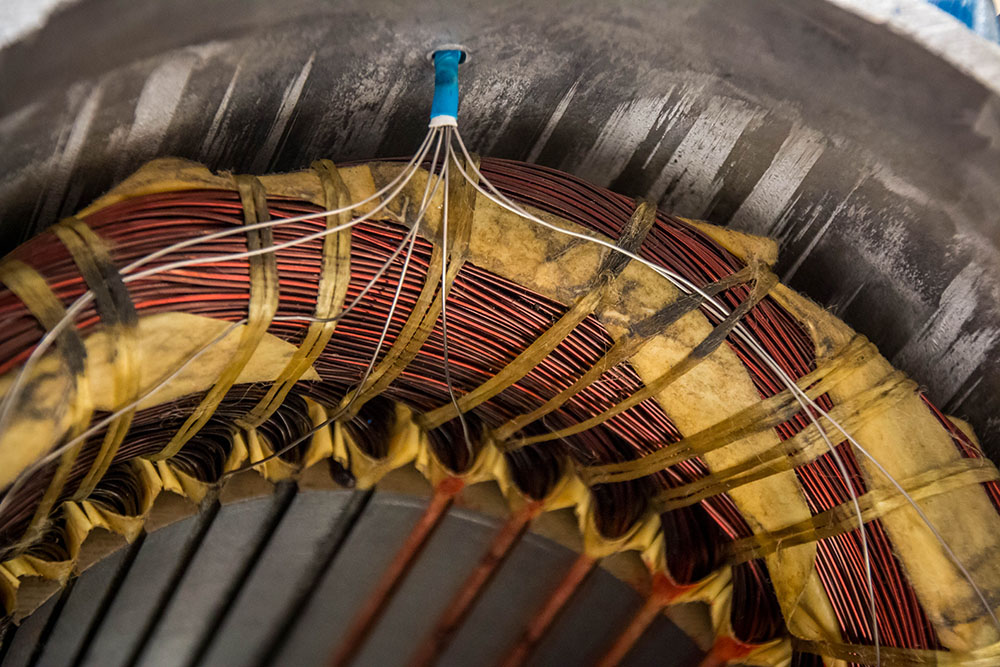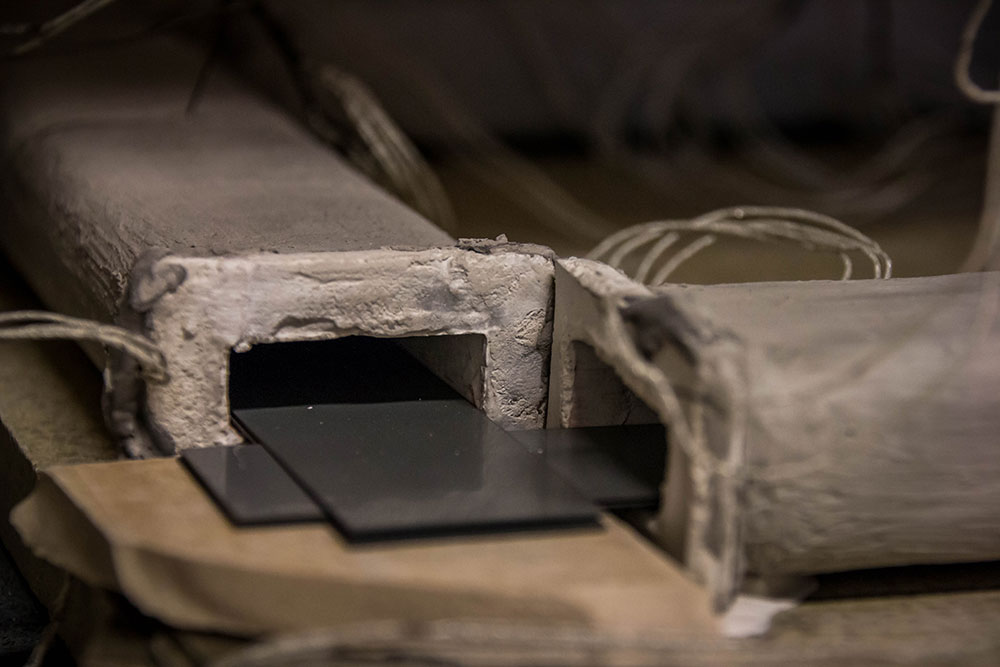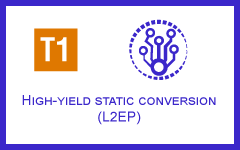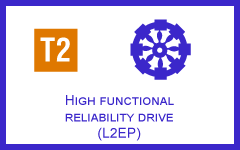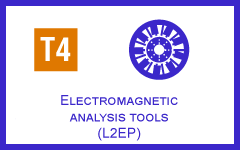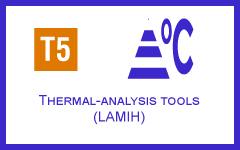The objective of task 3 is to design a structurally reliable, eco-efficient and high-temperature electrical drive to reduce its mass.
T3.1: Increased energy performance with reduced mass
In a first step, an actuator defined by its use function (aeronautical example or railway) will be chosen. This actuator will serve as a support to define different solutions that will make it more or less compact. One of the levers used will be to significantly increase the current densities, which will affect the internal temperature of the actuator and will require the use of new insulating materials. The high temperature inorganic solution will be compared with other more conventional solutions.
We will be able to define prototypes as simple as possible, in order to evaluate the performance of more elaborate solutions.
T3.2: reduction of the overall environmental impact of training
In this sub-task, we propose innovative solutions and compromises for a better overall environmental impact, compatible with the use function of the drive system. This involves the design of non-intrusive sensor prototypes adapted to the machines and parameters to be monitored on the one hand and the industrial environment on the other. From the signals provided by these sensors, it will be necessary to develop methods for determining the energy performances and the defects of the system.
This part can be applied to the monitoring of the energy efficiency of industrial systems, in association with partner companies, on guinea pig sites and on a significant scale of several tens of training sessions. Finally, from LCA, recommendations will be drawn up on the training best suited to their use function and their environment to limit the environmental footprint: implementation of “predictive” strokes on industrial sites guinea pigs.
T3.3: characterization of materials
This sub-task focuses on the characterization of the materials used in the other subtasks of task 3 and in task 2. Thus, at the dielectric level, an experimental analysis of extreme multiple stresses will be carried out. The limits of operation will be defined in the context of temperature rise and high dv / dt. Redhibitory vibratory levels for inorganic materials will be estimated. For magnetic sheets, the impact of local mechanical stresses on their performance during copper cutting and injection operations will be assessed.
The mechanical strength of the magnetic sheets and of their inorganic coating for operation at high and very high temperatures will also be characterized. Finally, a study of the performance of offset metal magnetic circuits and sintered circuits with temperature and frequency rise will be carried out.
And with regard to permanent magnets, we will endeavor to characterize their thermal limits of use.
T3.4: Increased structural reliability of actuators
In order to analyze the structural reliability of the drives, it will first be necessary to define procedures for accelerating the aging of the SIEs of the actuators under impulse stresses coupled to the constraints imposed by the use function. This implies the choice of the equipment capable of implementing these procedures, and the definition of the elements of the EIS which will be aged artificially. The estimation of the impacts of mass production techniques, defects over the lifetime of the training and the degradation of performance will also be carried out.
Scientific organization of the ce2I project

